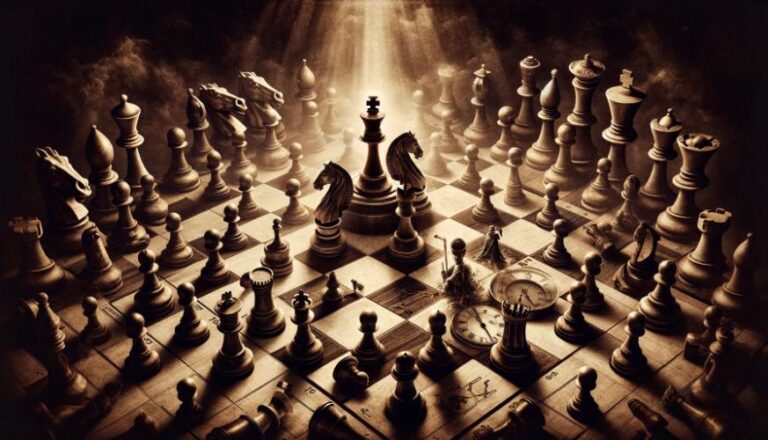The Role of Major Pieces in Chess
Chess is a game of strategy and intellect, where two players engage in a battle of wits and skill to outmaneuver and outplay each other on a checkered board. At the heart of this complex game lie the major pieces, the forces that have the greatest influence on the outcome of the game. These pieces are the backbone of a player´s army, and their strategic usage is crucial in dominating the game. In this article, we will delve deeper into the world of chess and explore the role of major pieces in this timeless game.
The Major Pieces in Chess
The major pieces in chess are the queen, the rook, and the bishop. These pieces are the most powerful and versatile on the board and have unique movements and abilities that make them essential for strategic play. The queen, often described as the “king´s right-hand,” is the most powerful piece on the board and can move in any direction, making it a formidable force in both attack and defense. The rook, also known as the castle, can move horizontally and vertically, covering long distances and controlling important squares on the board. The bishop, with its diagonal movement, adds a layer of complexity to the game, as its mobility is limited to either light or dark squares on the board, depending on its starting position.
Utilizing the Queen´s Power
As mentioned earlier, the queen is the most potent piece on the board, and it should be used strategically to gain an advantage over the opponent. Its unrestricted movement allows it to control the central squares of the board, putting pressure on the opponent´s pieces and forcing them to make defensive moves. The queen can also be used to create powerful attacking combinations, working in tandem with other pieces to checkmate the opponent´s king. This makes it a vital asset in the endgame, where one wrong move can result in a swift defeat.
The Rook´s Importance in Chess
The rook´s unique movement allows it to dominate ranks and files, making it a valuable asset in controlling the board´s center. Players often utilize this piece to create open lines for its queen, bishops, and knights, enabling an efficient and powerful attack on the opponent´s king. The rook´s mobility also allows it to defend important squares on the board, providing protection to other pieces and thwarting the opponent´s plans. In the endgame, the rook´s dominance increases as it has more open lines to maneuver and can coordinate with other major pieces to deliver a decisive blow to the opponent.
The Strategic Role of the Bishop
The bishop´s movement is restricted to either light or dark squares, making it a unique piece in its own right. Its diagonal movement allows it to control key squares in the center and on the flanks, putting pressure on the opponent´s pieces and limiting their mobility. One of the bishop´s most significant advantages is its ability to move quickly across the board, covering vast distances in just a few moves. This allows it to combine forces with other major pieces and execute a deadly attack on the opponent´s king, catching them off guard and forcing them to defend against multiple threats simultaneously.







